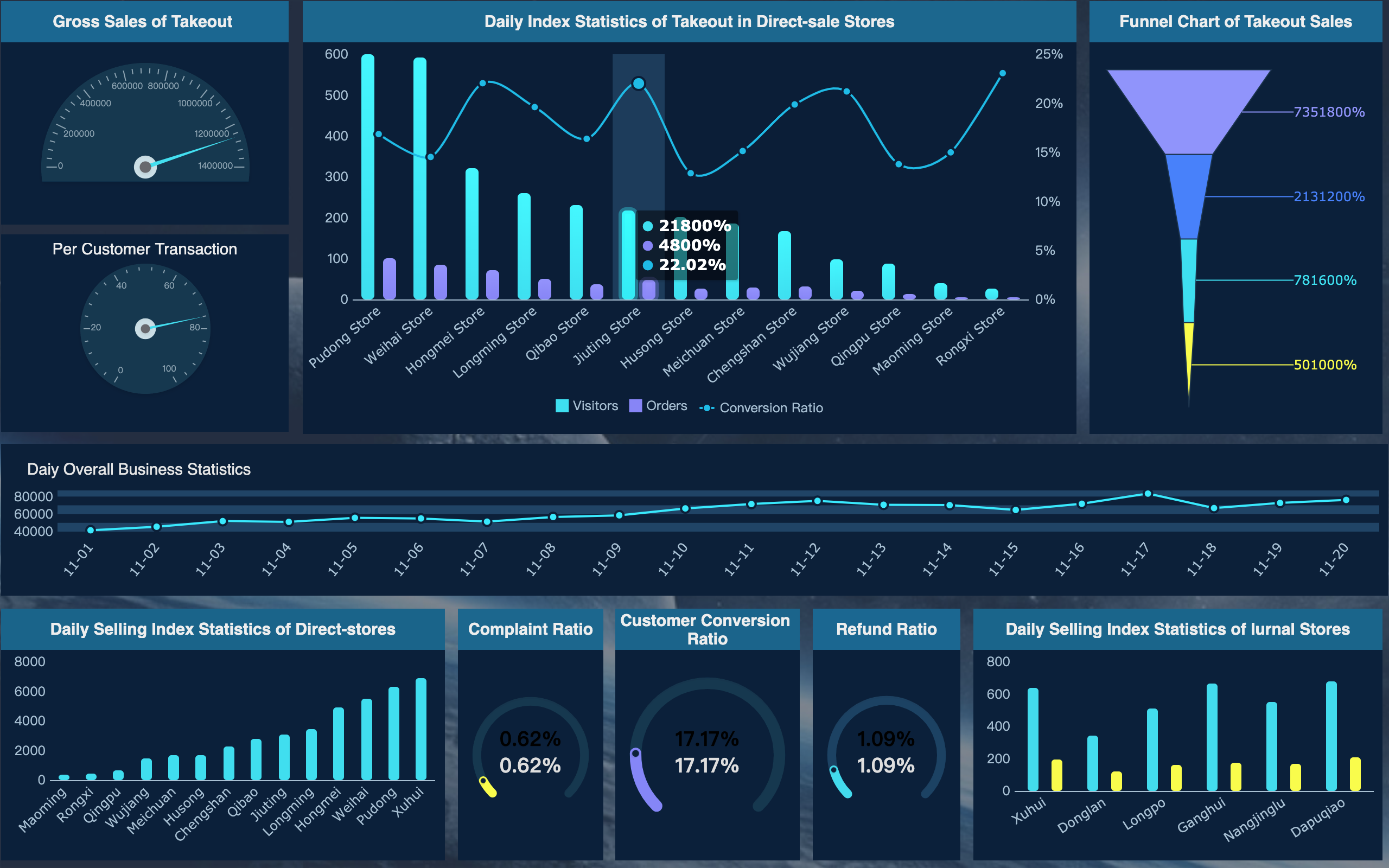From Passion to Practice: Building My Penetration Testing and Vulnerability Assessment Skills
My journey into penetration testing and vulnerability assessment has been fueled by a deep passion for cybersecurity, driven by a desire to uncover and address weaknesses in digital systems. I’ve enhanced my skills through continuous self-study, the labs I implement alongside my learning in various courses, practical projects, Capture The Flag (CTF), and real-world network audits (at my university residence - where i live), I’ve gained valuable hands-on experience. These opportunities have significantly strengthened my ability to identify, exploit, and mitigate vulnerabilities.
Skill Improvement Through Practical Experience in Penetration Testing

Network Audits at My University Residence
Under the authorization of the residence management, I conducted limited network security audits, where I applied penetration testing methodologies to identify weaknesses in the network infrastructure. This hands-on experience not only allowed me to fine-tune my vulnerability assessment skills but also strengthened my ability to provide security solutions in a live environment. These audits solidified my understanding of network vulnerabilities and the need for proactive security measures.

Capture The Flag (CTF) Challenges
I participate in Capture The Flag (CTF) challenges to test and improve my skills across various attack vectors, including web exploitation, cryptography, and reverse engineering. Through these challenges, I gain valuable insights into the techniques used by real-world attackers, which enhances my problem-solving and technical abilities. Each challenge allows me to experiment with a range of tools and strategies, further pushing my knowledge and hands-on experience. These exercises have been crucial in strengthening my understanding of vulnerability identification, exploitation, and mitigation, sharpening the technical skills needed in real-world scenarios.
Skill In Penetration Testing Methodology
My practical experience in penetration testing is supported by an understanding of the key phases of a penetration test. While I am still refining my skills and not yet an expert, I am confident in my ability to navigate these stages using appropriate tools and techniques, which I have studied and practiced through various projects and exercises.

1 - Reconnaissance
The first step is to gather information about the target, identifying potential entry points and attack vectors. This is crucial to preparing for subsequent phases.
Tools: Nmap, Shodan, Google Dorking ...
2 - Scanning
Scanning allows me to map the target’s network and uncover vulnerable services. This phase is essential for understanding the target's weaknesses.
Tools: Nmap, Nikto ...
3 - Gaining Access
By leveraging identified vulnerabilities, I can attempt to exploit them and gain unauthorized access, following ethical hacking principles.
Tools: Metasploit, Hydra, Burp Suite ...

4 - Maintaining Access
During this phase, I simulate how attackers maintain long-term access, helping to identify security flaws that could allow persistent threats.
Tools: Netcat, Meterpreter
5 - Privilege Escalation
Here, I explore methods attackers might use to gain elevated access to systems, techniques for infecting other machines and pivoting within the network to extend control over the environment, which is critical for understanding potential vulnerabilities.
6 -Covering Tracks
Finally, I demonstrate how attackers might cover their tracks by altering logs and other evidence of their presence.
Techniques: Log clearing, altering timestamps

Then Come The Reporting and Awareness
After completing the penetration testing phases, the next crucial step is reporting and awareness. This process ensures that findings are communicated effectively, enabling stakeholders to understand vulnerabilities and implement necessary improvements. For more insights into my approach to user training and cybersecurity awareness, visit my dedicated project page.


